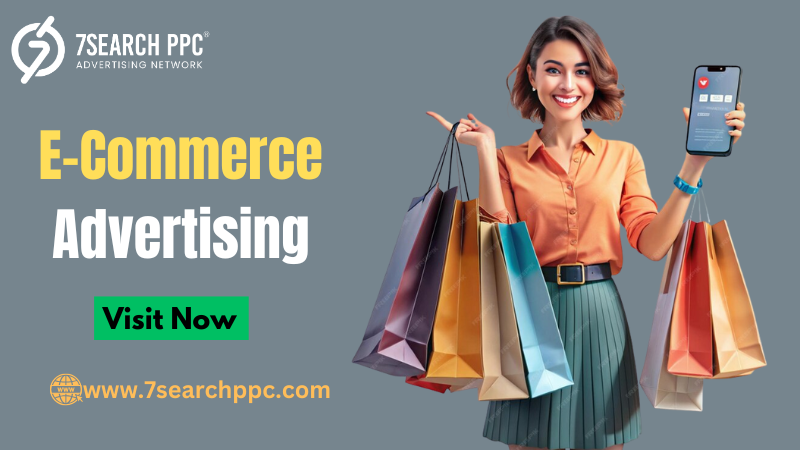Healthcare advertising is a strategic approach used by medical professionals, hospitals, pharmaceutical companies, and wellness brands to promote their services or products to target audiences. It involves using digital platforms, search engines, and ad networks like 7Search PPC to reach Healthcare advertising patients, caregivers, and healthcare consumers effectively.

How Healthcare Advertising Works in 2025
Identify Target Audience: Define patient demographics, needs, and conditions.
Set Campaign Goals: Choose objectives like appointment bookings, brand awareness, or product promotion.
Choose an Ad Network: Select a reliable platform like 7Search PPC, known for healthcare ad targeting.
Create Compelling Ads: Design visuals and messaging tailored to patient concerns and health solutions.
Target with Precision: Use geo-targeting, keywords, and behavioral data via 7Search PPC.
Monitor Campaigns: Track ad performance metrics such as CTR, conversions, and ROI.
Optimize Continuously: Use insights to refine ads and boost engagement.
Why It Matters in 2025
With digital health on the rise, healthcare advertising bridges the gap between providers and patients. Platforms like 7Search PPC make it easier to connect with individuals seeking reliable care, driving both awareness and trust in a competitive landscape.









